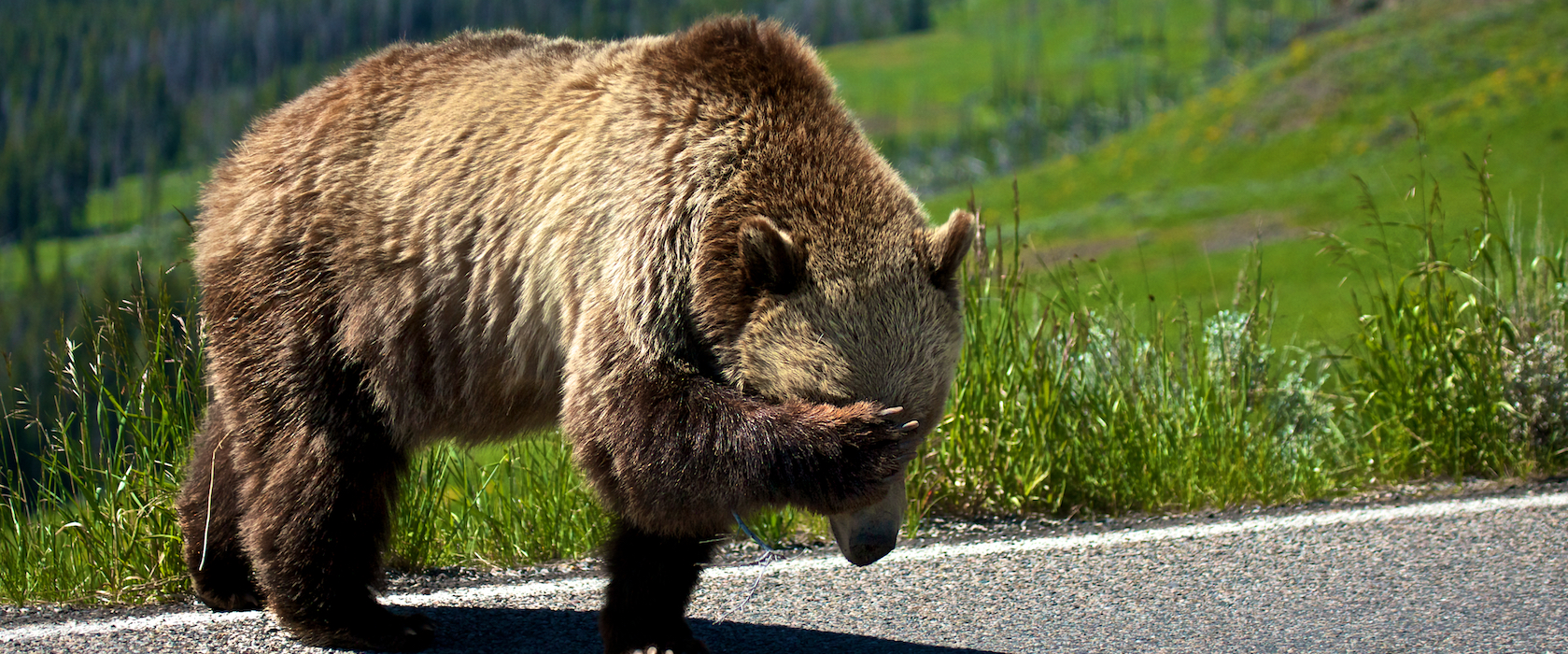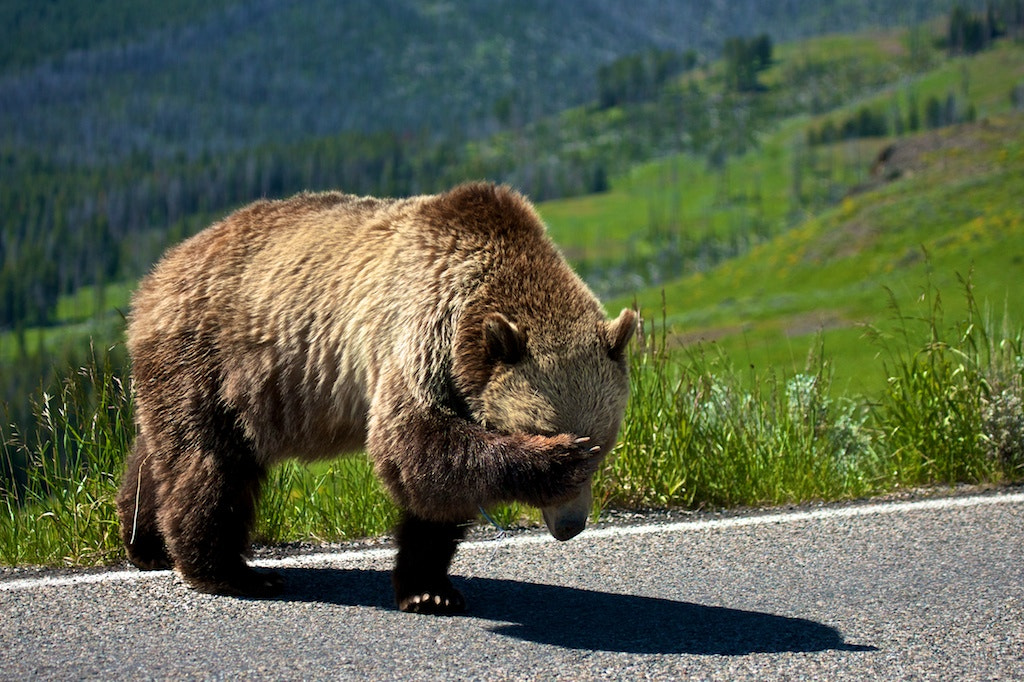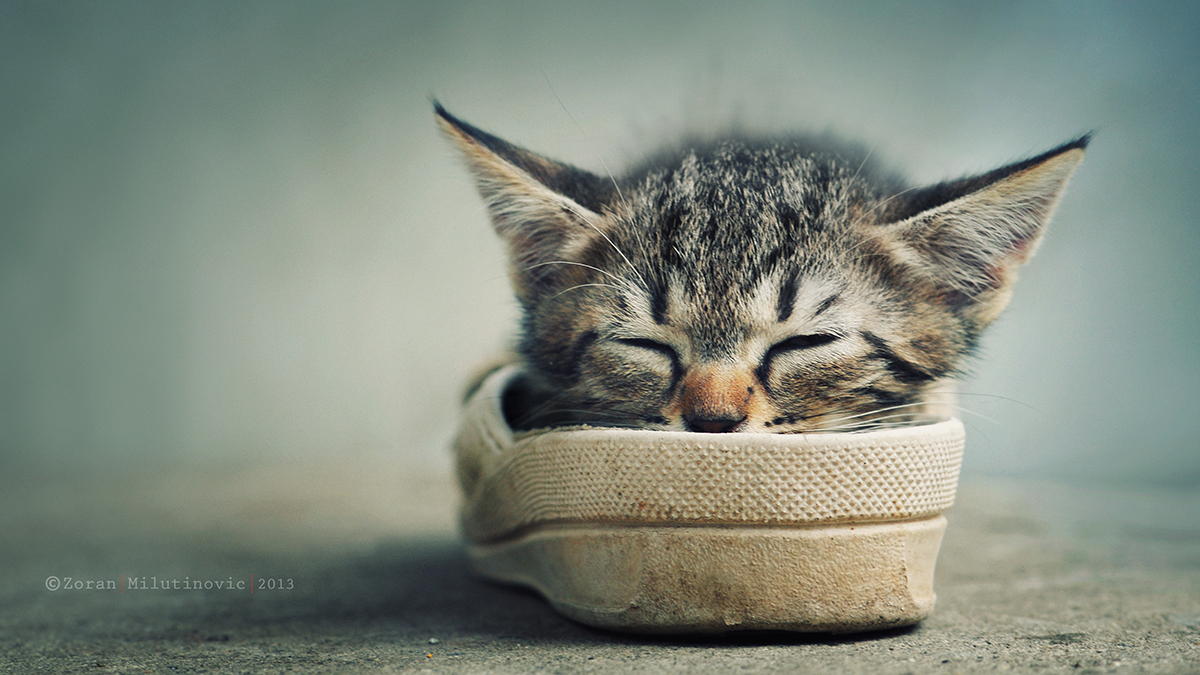To understand what makes an image marketable, we first need to know what doesn’t. That’s why we asked Dave Fitzsimmons, Asset and QA Supervisor at 500px, and Aedin Guyot, Search & Metadata Specialist, to tell us about some of the most common mistakes Licensing Contributors make when uploading their images. From technical mishaps to keywording faux pas, let’s take a look at ten of the top reasons a photo could be rejected—and how to solve them.
Technically imperfect images
Pay attention to the technical details. If your subject is out of focus, your photo won’t be accepted for Licensing. Watch your settings (especially your ISO), since too much noise can also be a problem. If you have dust on your lens, make sure to clean it before shooting, or remove the dust during post-processing.
Ensure your photos are perfectly sharp, but be careful with the sharpening tool—too much sharpening in post can do more harm than good. Any images smaller than 2000px by 1500px (3MP minimum) will be rejected, so submit a high-resolution file.
Visible brand logos
Brand logos are everywhere—on clothing, electronics, and storefronts—but if you want to license your images for commercial use, you need to remove them. Even objects in the background (a can of soda, a laptop, etc.) must be clear of any and all branding in order to be approved. Keep an eye out for copyrighted details on-location, and if you miss any, make sure to take them out in post.
Watermarks
Remember to double-check that none of your photos have watermarks or borders before submitting them. Doing this right off the bat will save you the hassle of having to make those changes and re-upload your photos later, and it will save the editors’ time reviewing images that could easily have been fixed beforehand.
Over-processed images
“Heavy use of HDR (high dynamic range) techniques can make an image look like a painting, and that’s not commercially desirable,” Dave explains. “Vignettes are also not good if it is too strong. Basically, it’s best to avoid over processing or using any filters or effects that are too strong. The buyer can process the photos if they want, so keep the image as natural as possible.”
That includes converting to black and white. While an image probably won’t be declined for being black and white, it will be less marketable. Buyers can always convert a color image themselves if they prefer a monochrome look.
Incomplete model releases
“Missing model releases are very common,” Dave says. If you have a recognizable person in your photo, they must sign a model release for the image to be sold commercially. That includes faces, but it also includes any identifiable features like tattoos or clothing.
We recommend using this model release form since it has all the required information, but other formats work as long as you include all the same details. If any of these fields are missing, the release will be invalid, and you’ll have to resubmit.
Too few keywords
Adding keywords to your photos ensures that they show up when people search for them. Put yourself in the buyer’s shoes, and think about what terms you would enter if you were looking for a photo like yours.
As Aeden explains, good keywords cover the basics. If it’s a photo of a person, include details like their age, gender, and appearance. Make a list of all the defining features and characteristics of your photo, and save your best keywords in a spreadsheet or Google Doc so you can access them easily. If you need more, take a peek at what similar photographers are tagging.
In addition to keywords that describe the photo, include some that capture the idea behind it. “‘Conceptual keywords’ and concept terms often help users to really pinpoint the ‘feel’ of the image they want, but they are often the most under-utilized keywords,” Aeden says. “Some examples include ‘Standing Out from the Crowd,’ ‘Humor,’ or ‘Anthropomorphism.’”
Double-check your spelling. Make sure all your keywords are in English, and that you’ve grouped them appropriately. “Some terms should be kept together in a single keyword instead of being split (e.g., “hot dog” is correct, where “hot” and “dog” would be incorrect),” Aeden explains. “On the other hand, some compound terms should be split rather than being kept together (e.g., use “dog”, “eating”, “metal”, “bowl”, not “dog eating from a metal bowl”).
Too many keywords
Ask yourself whether or not all your keywords are necessary. Unimportant (or barely visible) details in the background of a photo do not warrant their own keywords. You want to tag your images with the most pertinent keywords, as anything unrelated or tangential will have to be deleted. Edit your list if it seems excessive.
“It’s possible to overuse conceptual terms,” Aeden adds. “For example, avoid tagging ‘togetherness’ on every image of two people together, unless they are demonstrating that idea strongly.” If it’s not relevant to the message conveyed in the image, skip it.
Not enough variety
Try to anticipate the users’ needs and upload photos accordingly. If possible, submit different crops and various orientations. Your image could end up being a book cover, a website banner, or a product label, so give them a few options.
Images that aren’t current
“Staying on top of current trends is the best way to increase sales and profit for photographers,” Dave tells us. “Stock photography goes through cycles, where certain types of images are in high demand at different times, depending on what is happening in the world. Photos that are in-line with current trends are more likely to be searched for and purchased.”
Watch your social media channels for trends, and keep an eye on what kinds of photos sell well. Staying up-to-date with trending topics and aesthetics will help you stay one step ahead.
Images without commercial appeal
“The most common reason a photo is declined is for having little or no commercial appeal, even if it is technically sound,” Dave continues. “This is the first thing we consider when reviewing an image before looking at the technical details. If an image would not have much commercial use, then we decline it.”
In order to have that commercial appeal, the photo must be visually appealing, and beyond that, it needs to have practical applications. Make sure your photo delivers a strong message, has a clear purpose, and can be used in the real world (in a magazine, an advertisement, a brochure, etc.). Keep your photos authentic and relatable.
Learn more about keywording on 500px here.








![[Photo Keywording Tips] How to add effective keywords to help your photos get discovered](https://iso.500px.com/wp-content/uploads/2014/10/500px_blog_photo_keywording_tips-1500x1000.jpg)


Leave a reply